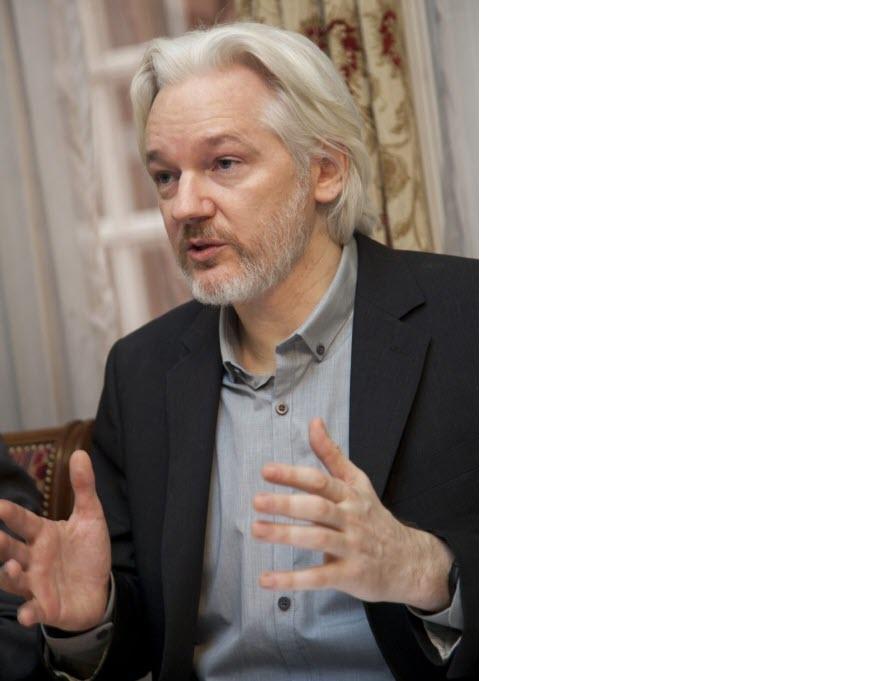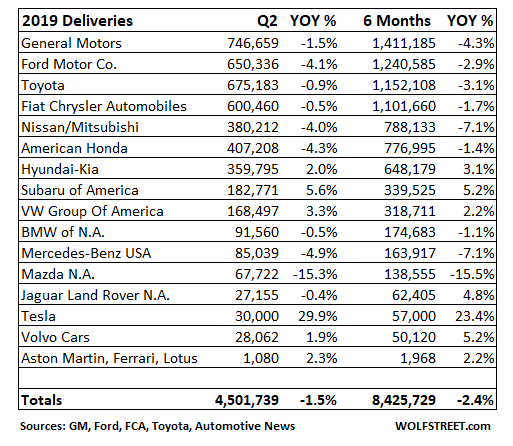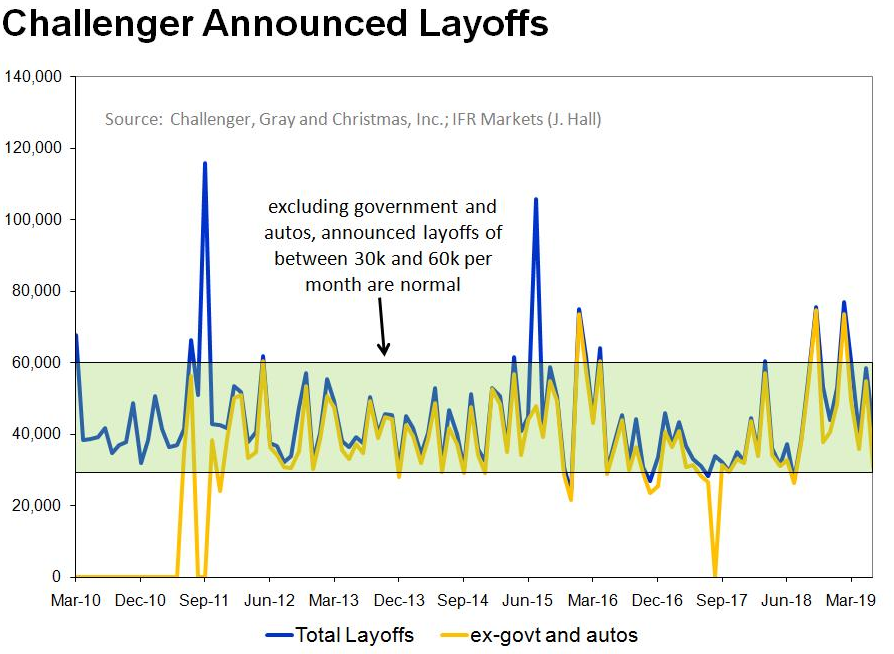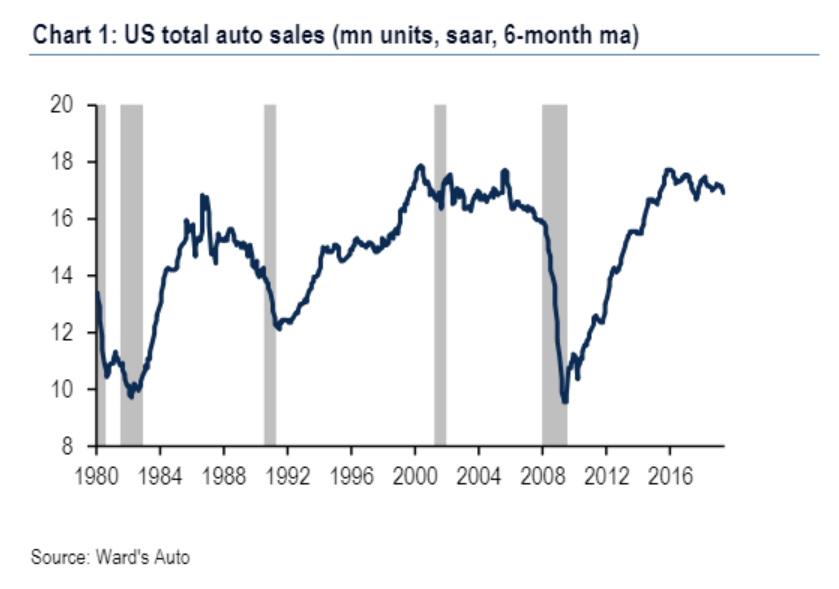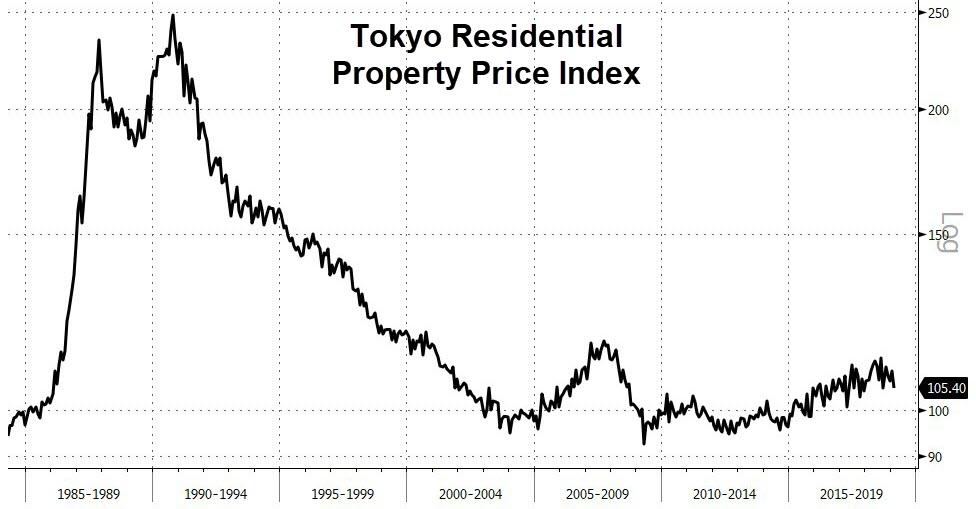The European Union chose new leadership this week. It was, for once, a fraught affair.
No rubber stamps were anywhere to be seen.
In the end all four of the new European Union leadership were not the frontrunners as put forth by German Chancellor Angela Merkel. Her choice for EU Commission President was rejected.
So too was Mario Draghi’s replacement at the top of the European Central Bank, Bundesbanke President Jens Weidmann.
French President Emmanuel Macron was the clear winner this weekend.
The choices for these positions are all designed to both maintain the path of European integration but also weaken the hold Germany has on European Union power politics.
And this thorough rebuke to Merkel immediately threw the euro into defensive mode. But, don’t kid yourself. Weidmann was never an acceptable choice as ECB President. More on this later.
The new Commission President, replacing the odious Jean-Claude Juncker, is German Defense Minister Ursula Von der Leyen. She’s a thorough Europhile and Russophobe. Since she’s a Social Democrat, to me it looks like ALDE’s Guy Verhofstadt flexed his expanded presence in the room. He helped ensure no populist upstarts would control EU foreign policy.
It will will continue being virulently anti-Russian, if not more so than in the past.
Von der Leyen is a perfect example of leadership chosen by committee (and The Davos Crowd behind them) to be nothing more than a puppet of the globalist/neo-liberal forces which control the direction of the EU.
Merkel’s a lame-duck trying to get what she wants from Russia while maintaining a brave face to the United States. Putting Von der Leyen in charge ensures any good relations between here and Vladimir Putin should be heavily discounted going forward.
The rest of the new cast is as follows:
Also nominated are the liberal Belgium prime minister Charles Michel (who would replace Donald Tusk as EU Council president), current IMF director and former French finance minister Christine Lagarde (as head of the European Central Bank) and current Spanish foreign minister Josep Borrell (as EU foreign policy chief).
It is Lagarde, however, that is the most interesting. The Euro began rolling over the minute she was announced as Mario Draghi’s replacement at the European Central Bank.
Lagarde is not an economist. She’s a politician who was put in charge of the IMF to ensure a particular policy path. She got the job under dubious circumstances when Dominique Strauss-Khan “nuts and sluts’d.”
She was there to make sure IMF policy kept the European project on track through Greece, Spain and soon, Italy.
She marks the end of German-led austerity as the prime directive of European fiscal policy.
But, again, she’s no economist. At this point I wouldn’t be surprised for Mario Draghi to replace her at the IMF, if only to completely inform us of who is really in charge.
Lagarde will provide whatever money is needed to keep the European project from failing. Everyone knows the euro is beyond repair without Germany leaving the currency bloc. With Lagarde at the helm of the ECB when things melt down and the SDR is proposed to replace the U.S. dollar as the global reserve currency Lagarde will keep the euro-philes in line.
Don’t forget that Lagarde herself is a convicted criminal who can easily be controlled. So, the fix is in folks.
This is Merkel’s last betrayal of her country on her way out the door. Broker a deal which promotes a rank incompetent to the Commission presidency, Von der Leyan, who will do as she is told while bringing in the perfect person to strong arm further European Union fiscal integration.
Germany will likely be asked to leave the euro once the crisis begins in earnest, because that is the only real path to keeping the project from collapsing.
And the markets know this.
The pundits fell all over themselves trying to play up her managerial experience. I couldn’t help but laugh at the obvious spin doctoring.
We started the week coming out of the G-20 and Trump’s trip to North Korea with renewed enthusiasm for an end to the trade war and some good will towards cutting through some geopolitical Gordian knots.
The dollar tanked, gold and cryptos rallied alongside stocks (mildly) and sovereign debt (strongly).
But underneath it all was topping action after the mildest of bounces in the euro and the British pound. Did anyone miss the non-committal attitude of equity traders for taking indexes much past recently achieved all-time highs?
I didn’t.
But were these all just bull traps while the dollar went through a short bear trap?
Given the price action after the U.S. jobs report for June that thesis looks solid.
So, to me, the sell-off to end this week has more to do with the changes at the top of the European Union than it does a blow-out jobs report staying the Fed’s hand on lowering rates in July.
That’s the cover story for the real coup that took place in Brussels this week. Merkel takes the political hit publicly while appeasing the rising Greens domestically. Lagarde, the ultimate insider, is in charge of monetary policy but in name only.
So meet the new gang where politics trumps everything else. The only good thing to come out of this weekend was that we no longer have to be regaled by Mr. “When things get tough you have to lie,” Juncker.
But this will ultimately be the undoing of the EU. Politics is not an end but a means. The European Union jumped that shark a long time ago.
* * *
Join my Patreon if you think the EU is doomed. Download and Install Brave if you hate censorship and don’t like Patreon.
via ZeroHedge News https://ift.tt/2JqvOe8 Tyler Durden






